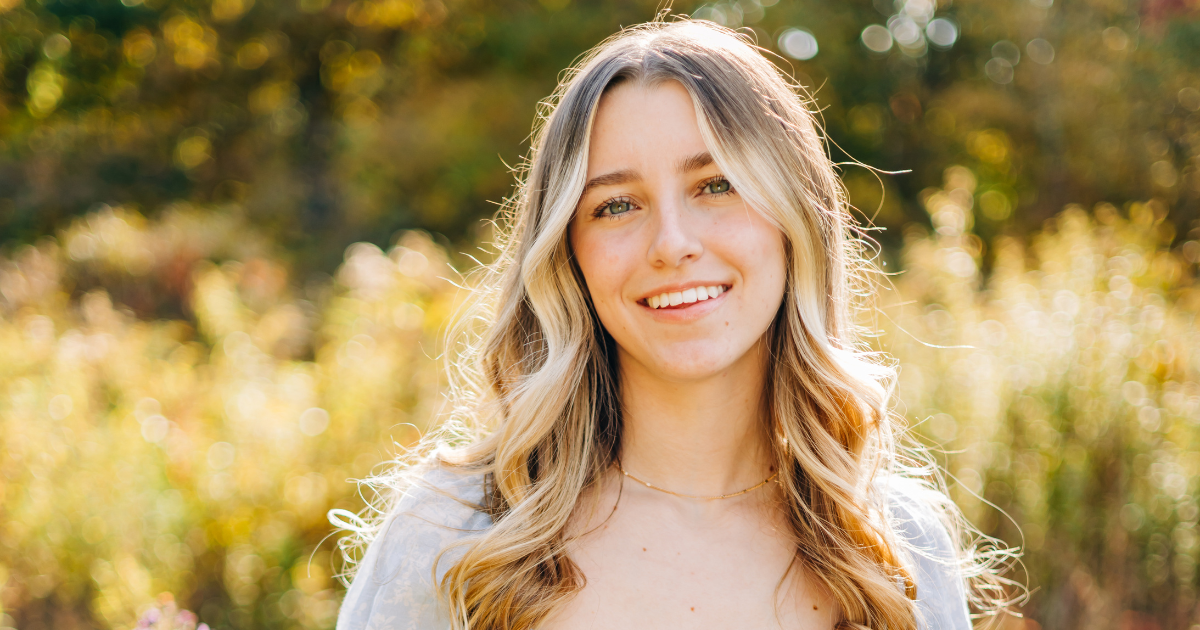Portrait photography is a nuanced art form that goes beyond simply capturing the likeness of a person. It involves conveying the subject’s personality, emotions, and essence in a single frame. Here’s a comprehensive guide to mastering the art of portrait photography:
1. Understanding the Basics
- Exposure: Master the exposure triangle (aperture, shutter speed, and ISO) to control the light and achieve the desired look.
- Composition: Use techniques such as the rule of thirds, leading lines, and framing to create visually appealing portraits.
- Focus: Ensure sharp focus on the subject’s eyes, as they are typically the focal point of a portrait.
2. Choosing the Right Equipment
- Camera: A DSLR or mirrorless camera with manual settings offers the most control.
- Lenses: Prime lenses (e.g., 50mm, 85mm) are popular for portraits due to their sharpness and wide apertures, which allow for a shallow depth of field and beautiful background blur (bokeh).
- Lighting: Natural light is often ideal, but studio lights, softboxes, and reflectors can provide greater control over lighting conditions.
3. Mastering Lighting Techniques
- Natural Light: Use soft, diffused light from windows or shaded areas for flattering, natural-looking portraits.
- Studio Lighting: Learn to use key lights, fill lights, and backlights to create depth and dimension. Experiment with different setups like Rembrandt, loop, and butterfly lighting.
- Reflectors and Diffusers: Reflectors can bounce light to fill in shadows, while diffusers can soften harsh light.
4. Connecting with the Subject
- Build Rapport: Engage with your subject to make them feel comfortable and relaxed. This helps in capturing genuine expressions.
- Pose Guidance: Offer clear, gentle guidance on posing. Encourage natural movements and expressions for more authentic portraits.
- Pre-Shoot Consultation: Discuss the subject’s preferences, wardrobe choices, and any specific ideas they have for the shoot.
5. Composition and Framing
- Backgrounds: Choose backgrounds that complement the subject without distracting from them. Simple, uncluttered backgrounds work best.
- Framing: Use different framing techniques, such as close-ups, mid-shots, and full-body shots, to vary the composition.
- Angles: Experiment with shooting from different angles (eye level, high angle, low angle) to find the most flattering perspective.
6. Post-Processing
- Editing Software: Use software like Adobe Lightroom and Photoshop for post-processing. Basic adjustments include exposure, contrast, color correction, and sharpening.
- Retouching: Retouch skin, remove blemishes, and enhance details subtly to maintain a natural look.
- Creative Effects: Experiment with black and white conversion, vignetting, and other creative effects to add mood and style.
7. Styles and Types of Portraits
- Traditional Portraits: Classic, posed portraits with a focus on the subject’s face.
- Environmental Portraits: Capture the subject in their natural environment to tell a story about their life or work.
- Candid Portraits: Unposed, spontaneous shots that capture genuine moments and emotions.
- Conceptual Portraits: Use props, costumes, and creative setups to convey a specific concept or story.
8. Continuous Learning and Practice
- Study the Masters: Analyze the work of renowned portrait photographers to understand different styles and techniques.
- Practice Regularly: The more you practice, the more you’ll refine your skills. Experiment with different subjects, settings, and lighting conditions.
- Seek Feedback: Join photography communities and seek constructive feedback on your work to identify areas for improvement.
Conclusion
Mastering portrait photography requires a blend of technical skill, artistic vision, and the ability to connect with your subjects. By understanding the fundamentals, investing in the right equipment, mastering lighting, and continuously practicing, you can create compelling portraits that capture the essence of your subjects. Whether you’re shooting in a studio or using natural light, the key is to remain patient, creative, and dedicated to your craft.


